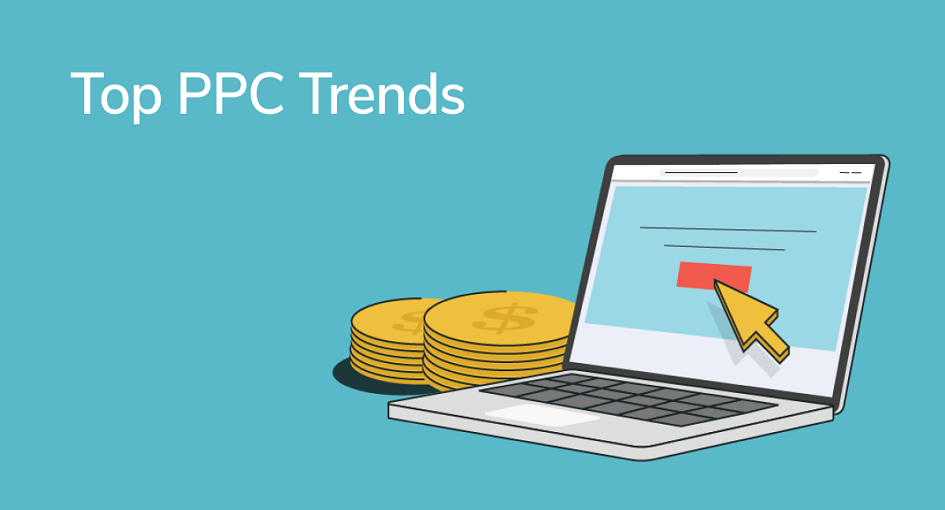
Pay-per-click (PPC) advertising has long been a cornerstone of digital marketing, allowing businesses to reach their target audiences with precision and drive measurable results. As we step into 2023, the landscape of PPC is evolving rapidly, driven by changing consumer behaviors, technological advancements, and industry shifts. This article will explore some of the most relevant PPC trends for 2023 that businesses and digital marketers should keep a close eye on.
Artificial Intelligence (AI) and automation are set to take center stage in PPC advertising in 2023. Machine learning algorithms are becoming increasingly sophisticated, allowing advertisers to automate tasks such as keyword bidding, ad creation, and audience targeting. This not only saves time but also enhances campaign efficiency and ROI.
Smart bidding strategies powered by AI are becoming more prevalent. These strategies, offered by platforms like Google Ads, use machine learning to optimize bids for conversions, value, or clicks. Expect to see an increased reliance on these automated bidding options to maximize campaign performance.
Audience targeting will continue to evolve, with a sharper focus on audience segments and personalization. PPC trends campaigns will leverage first-party data, user behavior, and AI to deliver highly personalized ad experiences, increasing relevance and engagement.
Privacy concerns and regulatory changes, such as GDPR and CCPA, are shaping the PPC landscape. Advertisers will need to adapt by respecting user privacy, obtaining proper consent, and using anonymized data for targeting.
Video ads and interactive formats are gaining momentum in PPC. Platforms like YouTube and TikTok offer robust ad capabilities, making video a powerful tool for engaging audiences. Interactive ads, including quizzes and polls, create immersive experiences that capture attention.
E-commerce businesses will find new PPC opportunities with the integration of shopping features into ads. This includes product recommendations, price comparisons, and direct shopping from ads, streamlining the customer journey.
As voice search continues to grow, PPC advertisers will need to optimize campaigns for voice queries. Tailor keywords and ad copy to match conversational language and long-tail keywords commonly used in voice search.
With the increasing time users spend on mobile apps, in-app advertising will see a surge. Advertisers will tap into the captive audience within popular apps, offering a prime opportunity for mobile-focused campaigns.
Successful PPC strategies will involve cohesive cross-channel campaigns that span search engines, social media platforms, and other digital channels. This approach ensures consistent messaging and maximizes reach.
Consumers are increasingly concerned about sustainability and corporate social responsibility (CSR). PPC advertisers will incorporate sustainability messaging and initiatives into their campaigns to align with evolving consumer values.
Local businesses will prioritize local PPC strategies, including location-based targeting, Google My Business optimization, and localized ad campaigns. This taps into the trend of consumers seeking nearby solutions.
Dynamic ads that automatically adjust content based on user behavior or context will become more prevalent. These ads provide a personalized experience and improve ad relevance.
With stricter data privacy regulations, advertisers will need to invest in robust consent management tools and practices to ensure compliance while still delivering targeted ads.
Brands will focus on identifying and capitalizing on micro-moments—quick, intent-driven interactions users have with their devices. PPC strategies will align with these moments to provide immediate solutions.
As tracking and attribution become more complex due to privacy restrictions, advertisers will need to adapt and find alternative ways to measure the impact of their PPC campaigns accurately.
In response to the growing complexity of PPC campaigns, advertisers will increasingly rely on advanced analytics and reporting tools. These tools will provide deeper insights into campaign performance, allowing advertisers to make data-driven decisions and optimize their strategies more effectively.
As voice assistants like Amazon’s Alexa and Google Assistant continue to gain popularity, PPC trends advertisers will explore opportunities to integrate with these platforms. This may involve voice search optimization and voice-activated ad placements, creating new avenues for reaching users in voice-driven interactions.
In conclusion, 2023 promises to be an exciting yet challenging year for PPC trends advertising. Staying ahead of these trends and adapting strategies accordingly will be crucial for businesses seeking to maximize their ROI and connect with their target audiences effectively. By embracing automation, prioritizing personalization, respecting user privacy, and exploring new ad formats, PPC advertisers can navigate the evolving landscape and harness the full potential of pay-per-click advertising in the coming year.